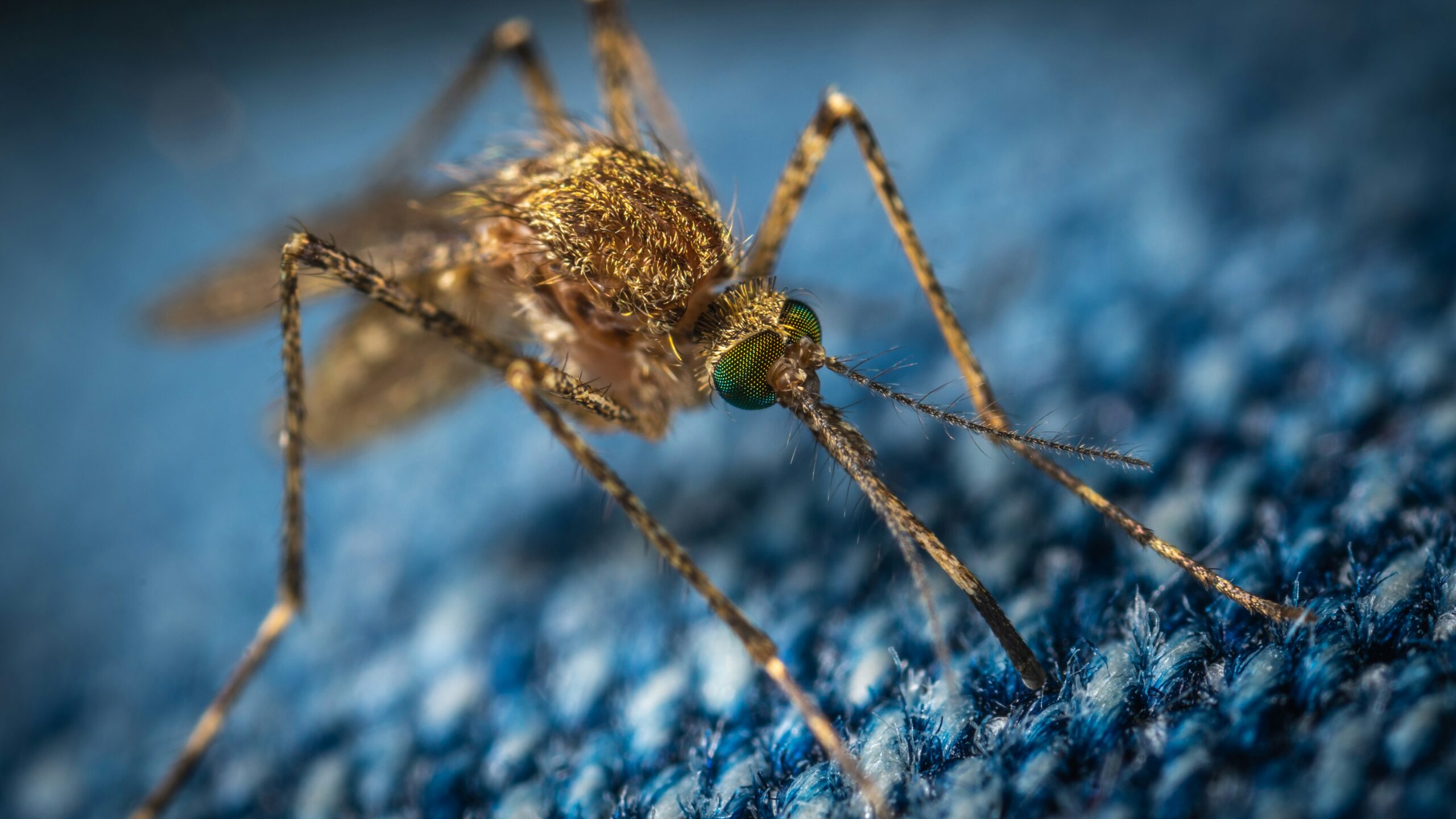Why Pregnancy Triples Your Chances of Getting Severe Malaria
Expecting worse: Giving birth on a planet in crisis is a collaboration between Vox, Grist, and The 19th that examines how climate change impacts reproductive health — from menstruation to conception to birth. Explore the series here.
Case Study: Papua New Guinea
Roger Casupang, an obstetrician in Papua New Guinea, faced a challenging situation when a pregnant woman in labor, carrying twins, arrived with severe malaria. Despite the high risks, both the mother and her twins survived due to timely medical intervention and the dedication of the clinic’s staff.
Climate Change and Malaria
Rising global temperatures are pushing mosquitoes to higher elevations, exposing new populations to malaria. Areas that were once too cold for mosquitoes are now facing severe epidemics due to the lack of existing immunity.
Impact on Pregnant Women
Pregnancy increases vulnerability to malaria, as the placenta provides new receptors for the disease. Pregnant women are three times more likely to develop severe malaria compared to non-pregnant women, making it a significant health concern.
Global Malaria Statistics
Hundreds of millions contract malaria yearly, with an estimated 2.7 million deaths, predominantly in tropical and subtropical regions. In 2022, 94% of cases occurred in sub-Saharan Africa, with high rates also in Central America, the Caribbean, South America, Southeast Asia, and the western Pacific.
Also Read: Sara Blake Cheek Age Wiki Biography, Net worth, Zodiac Sign
How Malaria Spreads
Anopheles mosquitoes carry the Plasmodium parasite, which causes malaria. The parasite matures in the liver and then infects red blood cells, causing symptoms such as fever, chills, and nausea.
Pregnancy and Immunity
During pregnancy, the immune system is suppressed to protect the fetus, making the body more susceptible to infections like malaria. This, coupled with the increased nutritional demands of pregnancy, exacerbates the risk.
Maternal and Fetal Risks
Severe malaria can lead to maternal anemia, iron deficiency, and conditions like blackwater fever. It disrupts placental function, leading to low birth weight and increased risk of miscarriage and stillbirth.
Climate Change and Mosquito Habitats
Climate change creates warmer, wetter conditions ideal for mosquito breeding. Higher temperatures accelerate the life cycle of mosquitoes and the Plasmodium parasites they carry, increasing the risk of malaria transmission.
Highland Regions at Risk
Regions like the Himalayas, Andes, and East African highlands are becoming conducive to malaria transmission due to rising temperatures. This poses new risks to pregnant women living in these areas, who previously had little exposure to the disease.
Also Read: Bibian Norai Wiki Biography, Net worth, Zodiac Sign
Malaria Control and Prevention
Global malaria deaths decreased by 36% from 2010 to 2020, but progress has stalled due to the COVID-19 pandemic. Effective measures such as insecticide-treated mosquito nets, antimalarial drugs, and improved infrastructure are crucial for prevention.
Improving Maternal Health
Enhancing infrastructure, education, and policies protecting women and girls can significantly reduce malaria rates. Access to healthcare facilities is vital for preventing and treating malaria, especially for pregnant women.





